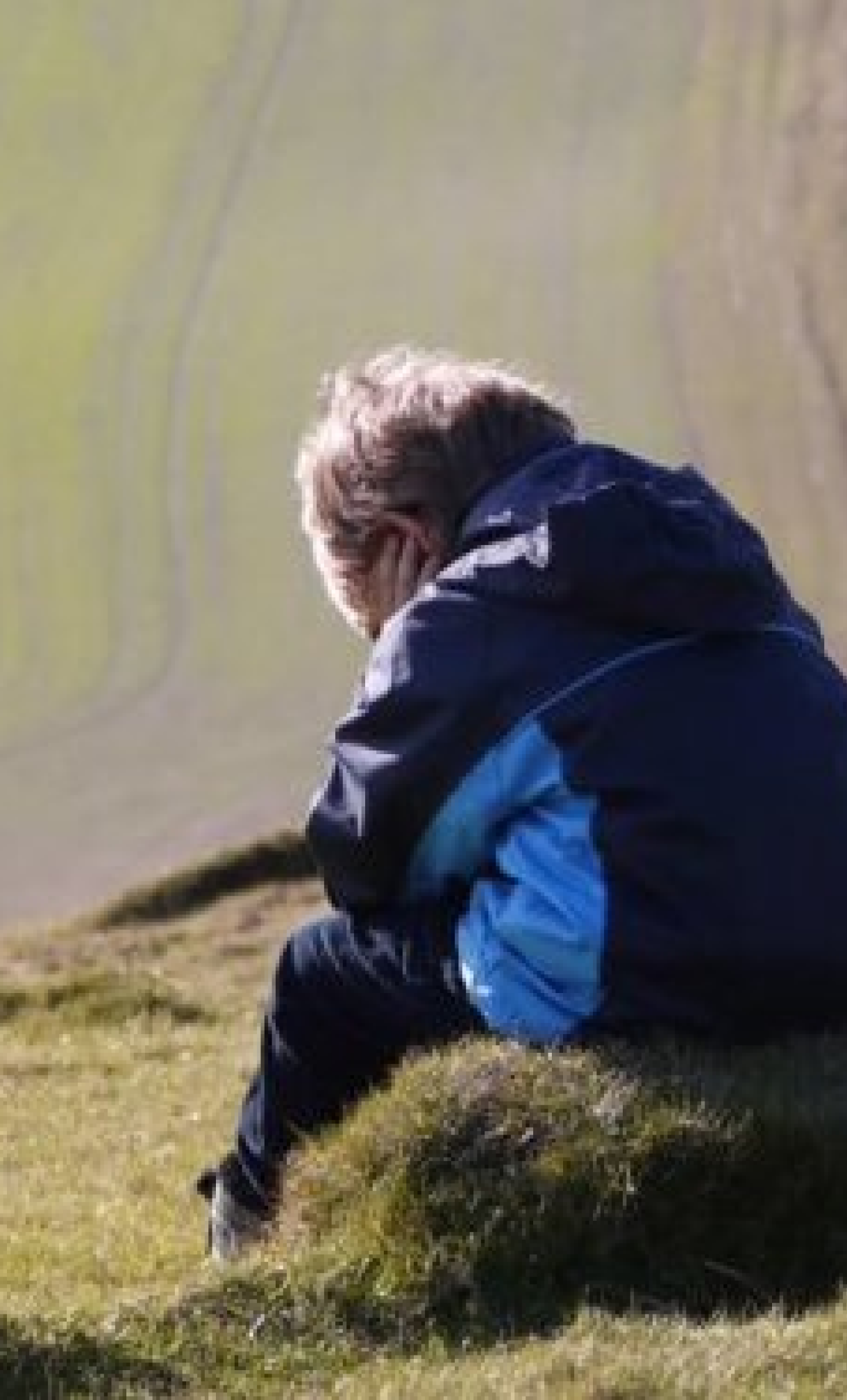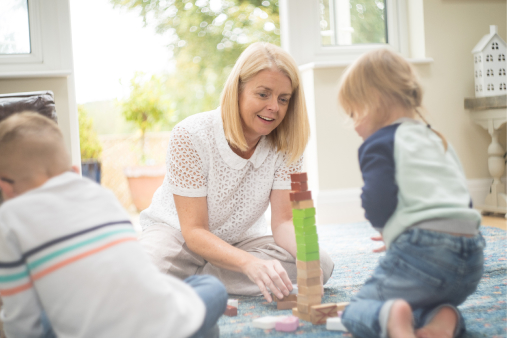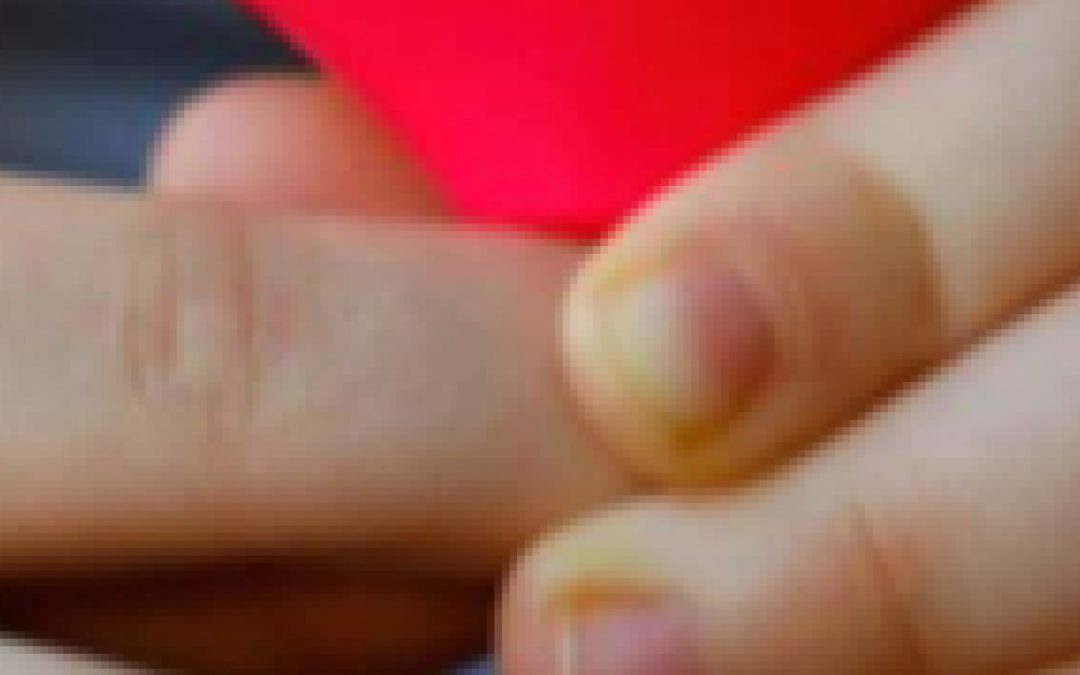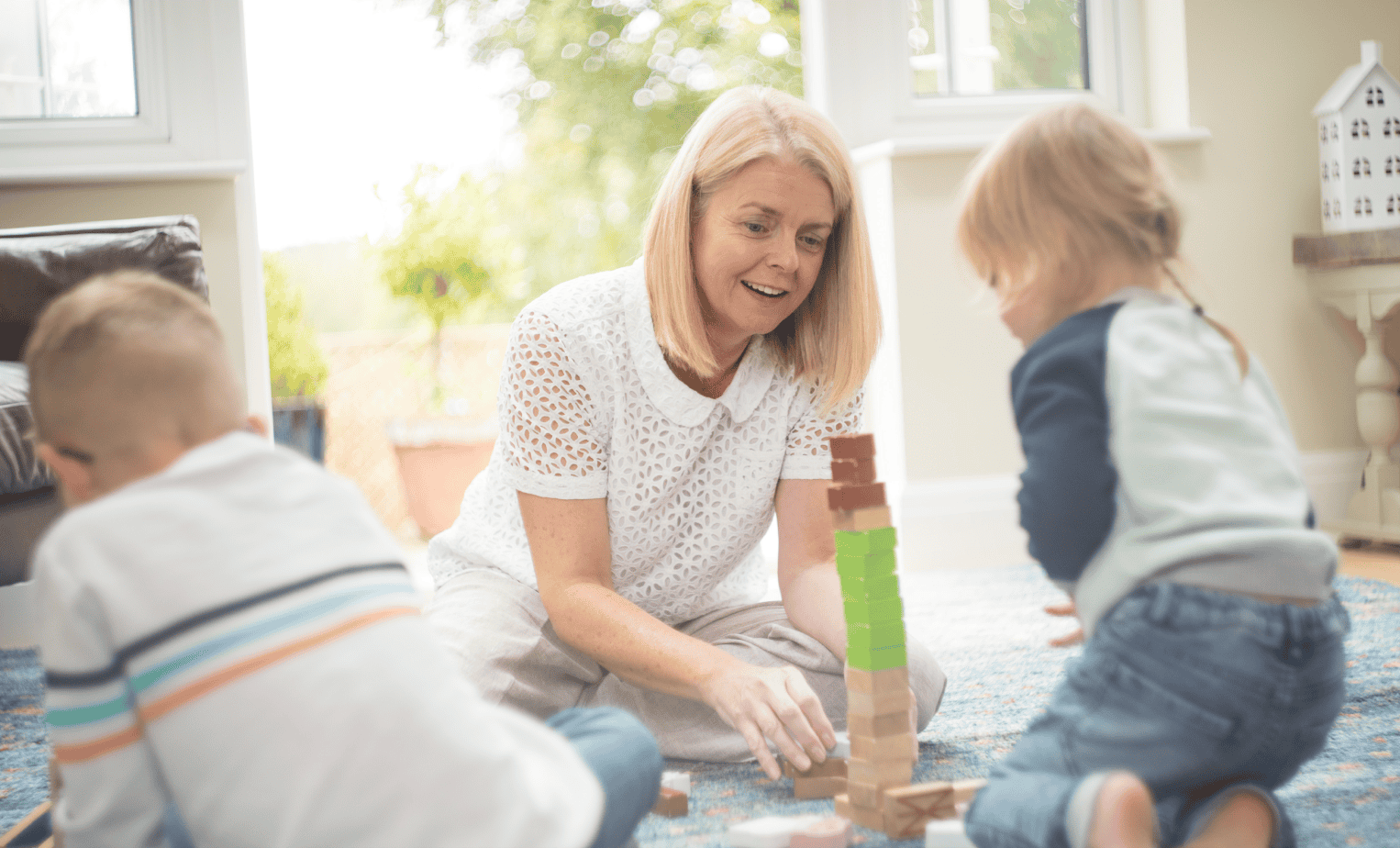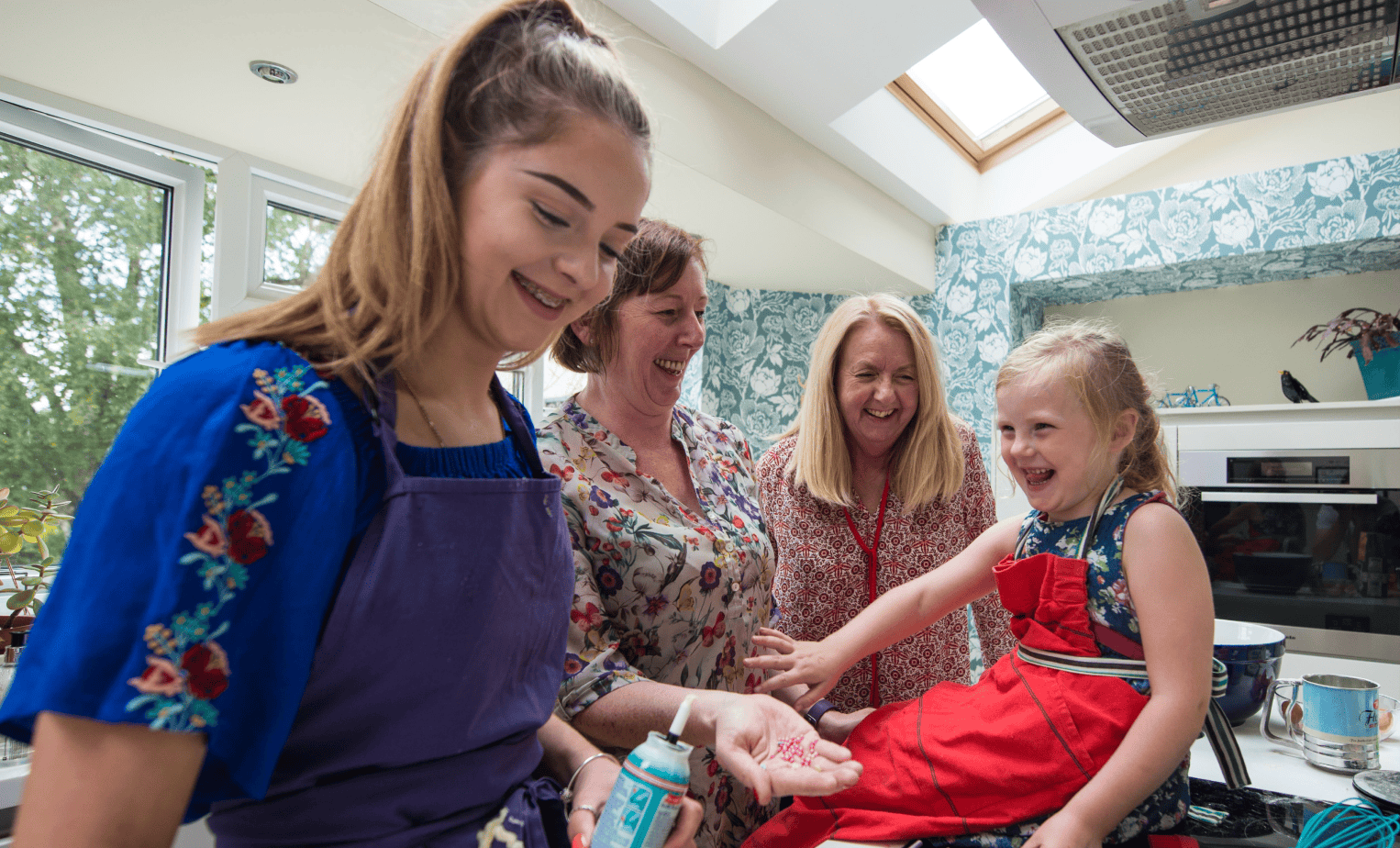As part of this blog we are providing information and advice not just for foster carers and social workers but for everyday parents. We find many of the skills found in authentic day to day parenting are similar to the special skills we look for in foster carers.
It can be easy to see anger as a negative emotion and we often link anger to behaviour that scares us or feels unacceptable, temper tantrums, hitting, kicking, throwing things, verbal abuse, physical aggression and intimidation are good examples.
What we can forget is that anger is meant to make us uncomfortable. Anger is used by others to get us to pay attention and it therefore gives us information. When presented with anger by our children, we should be thinking about how we help our children and ourselves to regulate and express anger in a healthy way. We will come back to this later. But first let’s look at what the anger can teach us. Andrea Brandt a family therapist talks of the four reasons anger is good for us.
- Anger helps you get your needs met. It is a way that your body tells you something is wrong or missing, for example, you feel unheard, unseen or unimportant. This anger might provide the space to say to someone I feel unsupported by you, can you help me by …….
- Anger helps you discover boundaries, for example, that feeling that raises up when your boss brings you another “quick job”. The boundary may be..”I am overwhelmed” and a response could be “I cannot take on extra work”. Our teenagers may feel it when as a parent we ask them about a relationship or enquire about their day. Their boundary may be “I want some space/privacy” and a response could be “I don’t want to talk at the moment, I need some quiet time”. The thing is, anger has informed us and we have set the boundary.
- Anger helps us get things accomplished. Some of us might be motivated by being told “you can’t do that!” as our response might be, “right I’ll show you” and off we go to prove a point. Would we have achieved any of this, without that sense of anger?
- Anger strengthens relationships, which in itself sounds somewhat contradictory as many of us go about our day avoiding conflict, but the creation of a fulfilling relationship means working through things (including conflict) together, compromising, and seeing things from the other person’s perspective. This often only happens when one party states “when you did that I felt… or when you do that, I stomp off/ go silent, slam a door (I am sure we could all add more)
What we might be seeing from this, is that anger is often the result of another feeling being activated. This might be hurt, fear, embarrassment, disappointment or, rejection, the list is endless.
When we are working with young people who have experienced adverse early experiences in their childhood, anger often masks the emotions that make them feel vulnerable. For example when a child is faced with fear of the very people who should be caring for them, or feeling that they are unavailable to them or that they are being abused by them, the chances are they will not show how scared they feel, but instead they will try and become scary themselves, as sometimes attack is the best form of defence.
When we feel angry, our body responds with intense feelings, these are often physical and we will probably see the body move into a fight or flight mode which is the physiological reflex process that enables us to survive. This reflex involuntarily triggers a variety of hormones to flood into our systems, increasing our heart rate, tensing our muscles and giving us a surge of energy from the adrenaline and cortisol that gets released. We are in fact “wired” for action. What we find in children and young people when they go through this surge of hormones, is that they often don’t know what to do next and what happens is usually not a conscious decision. This is not to excuse the behaviour but to explain it.
At To the Moon and Back Foster Care, the children we care for, are unlikely to have witnessed healthy role modelling of how to deal with high levels of emotion. They are more likely to have witnessed high emotion resulting in violence (a high proportion of our children have lived in homes where domestic violence is the norm), they may have seen parents drink excessively and struggle to manage their own needs, let alone someone else’s. Consequently when faced with their own emotion, they draw on their own experiences and what they have witnessed. It is for this reason when looking at how we care for our children, we ask our foster carers to think not what’s wrong with that child, but what has happened to them.
When working with people who express anger, often the most effective question to ask ourselves is, how we help them regulate those intense feelings in a way that is safe. That said, it may not be straightforward when someone is raging at us and we are scared or equally angry too. This is where we talk with our families about the need to co-regulate. This is about managing our own intense feelings which erupt as a result of a child whose feelings are overwhelming them. Some of the most effective ways of caring for a child or young person who is struggling to manage a feeling is to:
Name it – outbursts are often a way when children can’t communicate in other ways. Give them some words to talk about their feelings. Dan Seigal says “name it to tame it” when responding to intense feelings. An example might be “I can see you feel angry at me and I get why… I want to hear what you are saying so I need you to use words instead of slamming that door”.
Let children and young people know about their emotions. We may feel that a child goes from calm to raging in seconds, but there are likely to have been a few indicators of the culminating anger within the time. The secret is to identify any indicators and given every child is an individual, the indicators are likely to be individualised too. It is important that we become hyper observant and look for the indicators and help a child recognise these for themselves and help them find coping strategies.
I cared for a child in a residential home many years ago, just before he flew into violent outbursts I saw his eyes widen, he dribbled and fidgeted. It was at that point, I started to name what I was seeing and started to de-escalate things, I used soothing tactics like you might with a baby. I would try to reduce stimulation, sounds, lights, I would help him learn the signs, so he could look for pause button moments himself. This is not a quick fix but helps the longer-term solution.
Think about our own regulation. With the young person I mentioned above, I changed my breathing and breathed deeply and grounded myself knowing sometimes I felt scared when he got angry. My own scared thoughts could influence how successful I was at managing his feelings. The calmer I was the calmer he became. Not always easy, so seeking support is important. I would seek contact from someone after the event who understood. We talk about events of anger with our foster families so that they have the opportunity to debrief, by reflecting and analysing what happened and how they might do things differently if there is a next time. We offer our foster carers what our foster carers offer our children.
Exploring triggers that led up to the anger. This might be really obvious, a child has been told they cannot have something, for some of the children we care for a raised voice in an adult can be terrifying and as a result escalate a situation further. Think about what you know about the child in your care, are there hidden triggers you can identify.
Planning ahead and setting expectations are essential in changing behaviours. So before an event, talk about what you expect to happen, for example “when we go out I want you to hold on to the push chair”. Use prompts to remind a child of what is going to happen in order to prompt action and engage positive behaviours, e.g. five minutes before we leave. Notice when children are responding to this positively and name that.
Think through structure, routine and outcomes. If an incident happens are there natural consequences that children can learn from, rather than a sanction or punishment having to be put into place. For example “because of this incident, we are unable to go to that… because we have missed the bus”. A disciple is a student and we should see discipline as a learning tool. Punishments often come in anger and I know from my own moments of not pausing before I act, that they can be unrealistic. I am not really going to remove all the electronic gadgets from the , even though I have threatened it and my children know it!
Model the behaviour you want from your child. We cannot expect children to respond to their anger healthily if we don’t either.
Reflection is an important tool in parenting and raising children. Thinking without blame and shame about how we handled a situation and then adjusting what we do is essential for anyone caring or working with children. (we are always learning)
Think about your own self-care
As a parent and carer we naturally don’t put our own needs as high as others. We are only effective when we have a clear head and therefore caring for our own needs are important.
We support the need to work therapeutically with children and young people. We work to understand behaviour as a communication. Children who have experienced trauma as a result of abuse or neglect have experienced things, we may find hard to imagine. We work in a trauma informed way to hear the communications behind a child’s behaviour, and we work to make connections and build deep relationships which enable children to understand their feelings and work towards coping with them.
